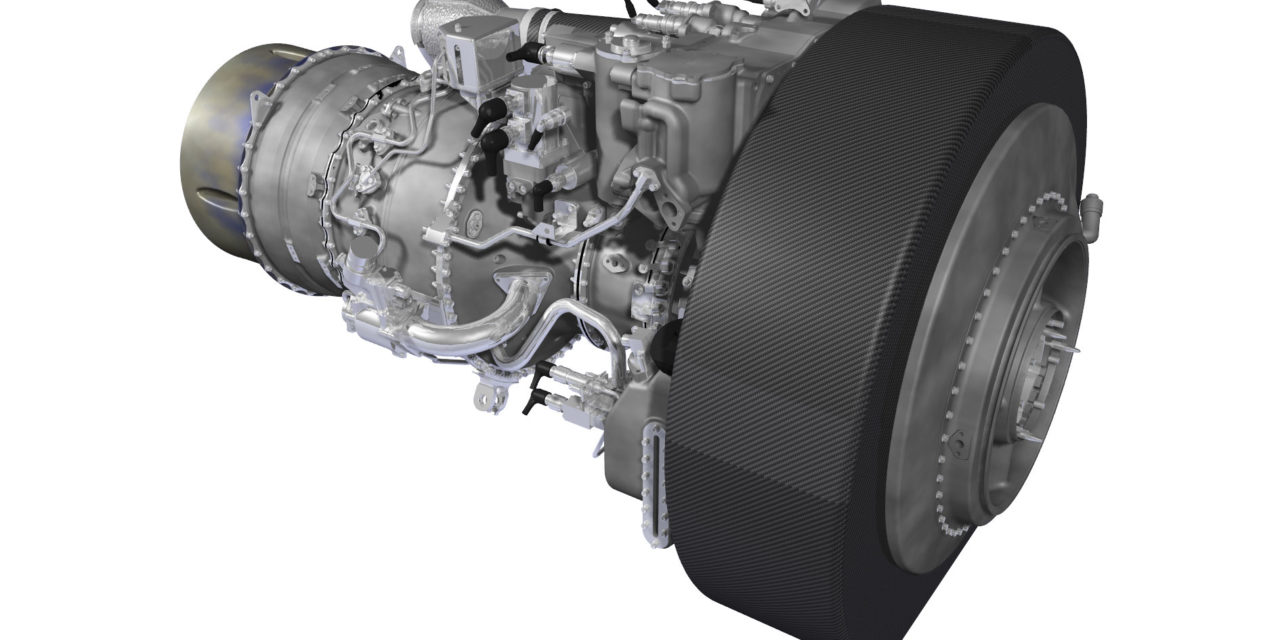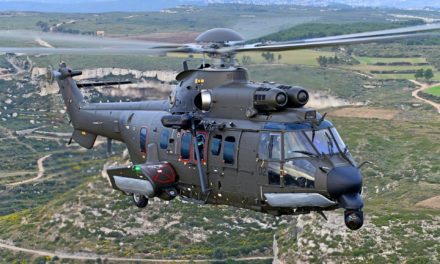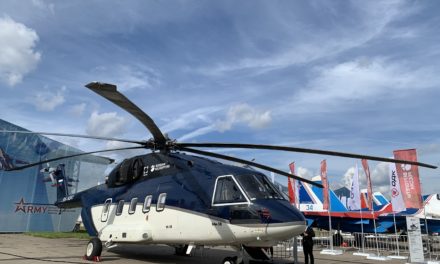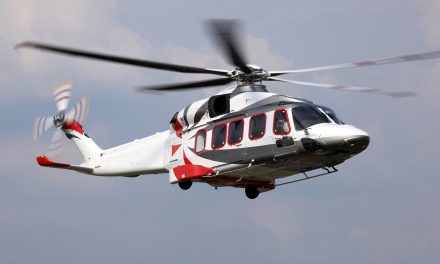Airbus Helicopters has selected Safran’s new Aneto engine to power its Racer (Rapid and Cost-Efficient Rotorcraft) high-speed demonstrator. Twin Aneto-1X engines will contribute significantly to the new rotorcraft’s cruise speed performance of up to 400 kph. Unveiled in June 2017 at the Paris Airshow, Racer is a technology demonstrator funded by the European Commission’s H2020 research programme, through the Clean Sky 2 initiative. The 2,500 shp Aneto-1X is one of a family of engines unveiled last October and will offer significant benefits: Thanks to an exceptional power-to-volume ratio, it delivers 25 % greater power than existing engines of the same volume. This results in increased mission capabilities, especially during those requiring more power (such as offshore transport, search and rescue, fire-fighting or military transport), as well as better performance in “hot and high” conditions.
“Selection for such an Airbus Helicopters research programme marks a major achievement for our Aneto program”, commented, Bruno Bellanger, Safran Helicopter Engines EVP Programs. “We are convinced that the Aneto-1X will not only meet Racer’s performance and environmental targets, but will also establish a strong basis from which Airbus Helicopters and its partners can satisfy the technology development objectives of this ambitious European research programme. This new selection in less than six months clearly shows that Aneto is the right engine solution for a high-speed, cost-efficient helicopter with strong environmental targets”.
“The Aneto will help us achieve the demanding performance and environmental targets set out in the frame of this pan-European research initiative, notably thanks to the engine’s innovative Eco Mode” said Tomasz Krysinski, Airbus Helicopters Vice-President for Research and Innovation. “It will therefore play a key role in supporting the wider Racer demonstrator project, which brings together technologies from a wide network of more than 25 industrial, academic and research partners from across the European Union in order to make a significant and durable contribution to the competitiveness of the European aerospace industry”, he added.
















